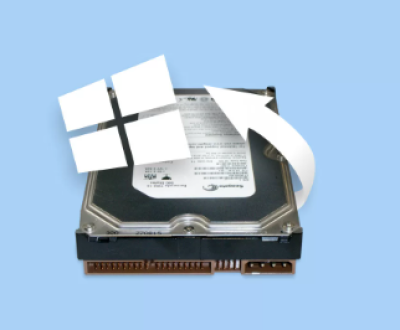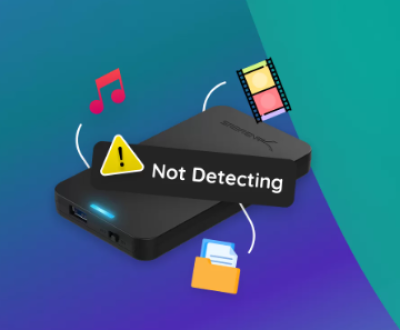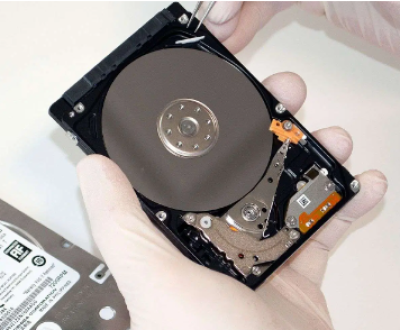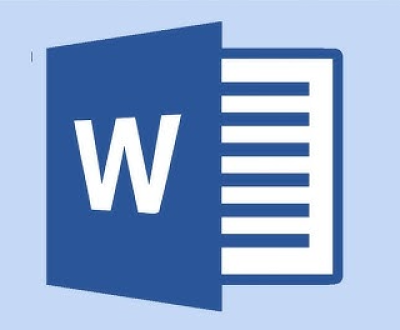It sounds like you’re interested in a detailed guide on how to restore a specific version of an iCloud file, particularly a Microsoft Word document. This can be a bit tricky, as iCloud offers versioning for files, but the steps to restore a specific version can depend on the device you’re using and the setup of your iCloud storage. Here’s an in-depth guide to help you with this process:
iCloud and File Versioning
iCloud, Apple’s cloud storage service, provides a range of features for users to back up and sync their files across Apple devices. One of the most important features of iCloud is its versioning system, which automatically saves multiple versions of documents, allowing users to recover older versions of a file if needed.

For example, when working on a Microsoft Word document stored in iCloud Drive, iCloud maintains previous versions of that file. This version history can be invaluable if you accidentally make changes that you want to undo, such as deleting important content or formatting that was lost.
1. iCloud File Versioning
Before diving into the steps, it’s important to understand how iCloud handles file versions:
Automatic Saving: iCloud automatically saves versions of your files as you work on them. This means that every time you save your document in Word, iCloud stores the latest version.
Version History: iCloud keeps track of the changes made to documents over time. If you need to revert to an earlier version of a document, you can access its version history.
Accessing Versions: You can restore earlier versions of files from iCloud either via the macOS “Versions” feature or directly through iCloud.com if you’re using a web browser.
2. Restoring a Version of a Word Document Using a Mac
On macOS, restoring a specific version of a Word document from iCloud is relatively simple because the system integrates well with iCloud’s versioning feature. Follow these steps:
Step 1: Open the Document in Word
Start by opening the document you want to restore. You can do this by double-clicking the file in Finder or directly opening it in Microsoft Word. Ensure that the document is synced with iCloud by checking the file location (it should be in the iCloud Drive folder).
Step 2: Enter the Versions View
While in Word, click File in the menu bar and select Revert To > Browse All Versions. This will open the version history of the document.
Alternatively, if you’re using the macOS Finder to access the document, you can right-click the file, select Quick Look, and then click the Time Machine button in the upper right of the Quick Look window to browse previous versions.
Step 3: Select the Desired Version
Once the version history opens, you’ll see a timeline on the right-hand side. You can move through the timeline to find the exact version of the file you want to restore. Versions will appear as snapshots, allowing you to preview them before making a final decision.
Step 4: Restore the Version
After selecting the version you want, click Restore to replace your current document with the older version. Alternatively, you can choose to save the previous version as a separate file if you want to keep both.
3. Restoring a Word Document Version Using iCloud.com
If you’re using iCloud Drive via a web browser, you can also restore earlier versions of Word documents through iCloud.com.
Step 1: Sign In to iCloud.com
Go to iCloud.com and sign in with your Apple ID. From here, you can access iCloud Drive and all the files stored within.
Step 2: Locate the Word Document
Once you’re signed in, click on iCloud Drive and browse to find the Word document you want to recover. You should see a list of all your files and folders, including your Word documents.
Step 3: Open the Document
Click on the document to open it. In the iCloud interface, you can view or edit your document in the iCloud version of Microsoft Word. If you’ve previously used iCloud to sync the document, the version history will be accessible.
Step 4: Access Version History
To access the version history, click the Settings (gear) icon in the upper right corner. From the dropdown, select Revert To > Browse Versions.
Step 5: Select and Restore the Version
The version history will appear as a timeline on the left side. You can scroll through and select the version you wish to restore. Click on Restore to revert to the older version.
4. Restoring a Version Using iPhone or iPad
If you’re using an iPhone or iPad, you can also restore a version of your Word document from iCloud, though the process is more limited compared to macOS or iCloud.com.
Step 1: Open the Word Document in the iCloud Drive App
Launch the Files app on your iPhone or iPad, and navigate to iCloud Drive. Find and open the Word document you want to restore.
Step 2: Open the Document in Word
Once the document is open in the Word app, tap on the three-dot menu in the upper right corner of the screen. You may need to tap the Document Setup or Options button, depending on your version of the app.
Step 3: Access Version History (If Available)
Currently, iPhone and iPad don’t provide a straightforward method for accessing a full version history within Word. However, in some cases, you may be able to use Time Machine (if synced via Mac) or visit iCloud.com through a browser.
5. Restoring Previous Versions of Word Documents via Time Machine
If you have Time Machine set up on your Mac, you can use it to restore earlier versions of documents, including Word files stored in iCloud.
Step 1: Enter Time Machine
Go to the folder where your document is stored. Then, click the Time Machine icon in the menu bar (or open System Preferences > Time Machine) and select Enter Time Machine.
Step 2: Find the Document in the Time Machine Interface
Once Time Machine opens, use the timeline on the right side of the screen to navigate through different backups. Find the backup from the time you want to restore your Word document.
Step 3: Restore the Document
Select the document and click Restore to revert to that specific version of the document.
6. Using Third-Party Tools to Recover Older iCloud Files
Panda Assistant is a versatile and efficient data recovery software designed to help users retrieve lost or deleted files from various storage devices, including hard drives, SSDs, USB drives, and memory cards. With a user-friendly interface, it allows both beginners and professionals to recover data quickly and securely. Panda Assistant supports multiple file types such as documents, photos, videos, and emails, making it ideal for a range of data loss scenarios. Whether the files were accidentally deleted, lost due to formatting, or corrupted, Panda Assistant offers advanced scanning algorithms to maximize recovery chances. Additionally, it provides features like previewing recoverable files, ensuring users can restore exactly what they need. With its comprehensive support and efficient recovery process, Panda Assistant is a reliable solution for data recovery needs, helping users restore their valuable data with ease.
7. Troubleshooting Issues with Restoring Versions
While restoring a version of a Word document from iCloud is generally straightforward, users may occasionally run into issues. Here are some common problems and how to solve them:
No Previous Versions Available: If you can’t find older versions of your document, it’s possible that versioning was not enabled or that the version history has been overwritten. Regular backups are always a good idea to prevent data loss.
iCloud Syncing Issues: Ensure that your document is properly synced with iCloud by checking your iCloud settings. You can confirm syncing by checking the iCloud Drive folder on your Mac or the iCloud Drive app on your mobile device.
File Corruption: If the file itself is corrupted and you cannot open it or revert to previous versions, using a third-party file repair tool may help recover some of the data.
About us and this blog
Panda Assistant is built on the latest data recovery algorithms, ensuring that no file is too damaged, too lost, or too corrupted to be recovered.
Request a free quote
We believe that data recovery shouldn’t be a daunting task. That’s why we’ve designed Panda Assistant to be as easy to use as it is powerful. With a few clicks, you can initiate a scan, preview recoverable files, and restore your data all within a matter of minutes.
Subscribe to our newsletter!
More from our blog
See all postsRecent Posts
- How to recover data from portable hard drive 2025-07-10
- How to recover data from a broken hard drive 2025-07-10
- How do i recover files from a formatted hard drive 2025-07-10

 Try lt Free
Try lt Free Recovery success rate of up to
Recovery success rate of up to









